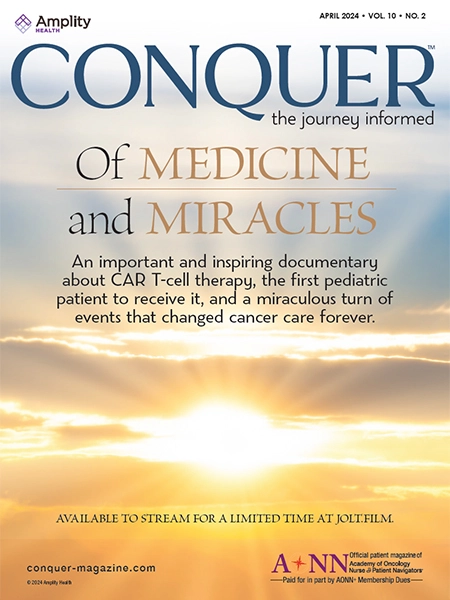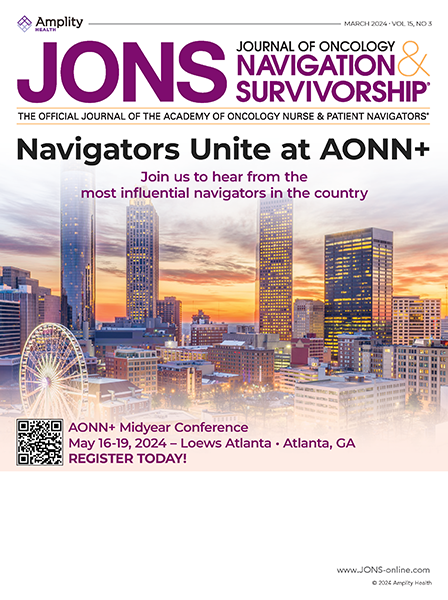Articles & White Papers
Where Are We Going?
As navigators, we must look after ourselves and our families and be proactive in helping patients get the most for their coverage. Navigators become experts at assessing coverage and benefits for patients.
What are the Elements That Make up a “Good Death” Experience for a Cancer Patient?
We never want to think about the reality that our patients dealing with advanced cancers are going to eventually die of their disease or from the toxicities of its treatment. But they will. Commonly today there is avoidance on the part of treating physicians, generally medical oncologists, to embark on a discussion about end of life planning.
Job Titles—No Wonder People Don’t Know What We Do
I recently attended a meeting where leaders from various organizations representing a variety of aspects of navigation were present. One of the speakers showed an advertisement from a newspaper about a well-known nationally recognized comprehensive cancer center. The advertisement was about their navigation program.
Mission and Goals of Navigation at Your Institution
Although we know that there are definitions of “patient navigation” that have become standardized, there continues to be the (attempted) implementation of navigation at some institutions that lack clarity and direction. When there isn’t a mission and clear goals for the navigation process, things rarely go as they should.
Metrics Again
A recurring discussion among the attendees at the 2013 Academy of Oncology Nurse & Patient Navigators (AONN+) Conference was “What are different navigators measuring?” This appears to be a daunting task for nurse navigators, and I would encourage you to review previous expert commentaries on the AONN+ website.
Selecting Cancer Survivors to Become Volunteers at Your Cancer Center
At Johns Hopkins, we have had a breast cancer survivor volunteer team for 16 years. At my request, the first 5 volunteers—surgeons and medical oncologists—were selected by our oncologists. I figured that if they picked them, they couldn’t fuss if that specific person did not work out well in a volunteer role, assuming they wanted to volunteer at all.
Knowing Your Patient’s Life Goals
When someone has just heard in the last day or so that they have cancer, their life is in a tailspin. So when I ask a patient, “Before you heard that you had cancer, what were your life goals?” commonly the response is, “It doesn’t matter what they were. Just please save my life.” But it does matter, because we should be striving to incorporate those life goals into the patient’s treatment planning process.
What Is the Cost of Hope?
I am currently writing my 14th book. This one is a textbook for oncologists with the goal (hope!) that we can collectively improve communication with patients with metastatic cancer. All too often the doctor continues to offer another treatment because that is what they have been taught in medical school—“treat the patient.”
The Risk of Caring
As the New Year starts off, many people resolve to improve their life in one fashion or another. Usually the goal is diet-related to eat healthy and lose weight or to decrease a type of intake, such as caffeine or fat. We know that gyms are busy in January and attendance dwindles in February. The New Year is a time to set improvement plans.
What Native Americans Can Teach the Cancer Community
In 2013, the Institute of Medicine (IOM) released a workshop summary, Leveraging Culture to Address Health Inequalities: Examples from Native Communities. I was struck by a number of things that are both timely and applicable to the unique challenges faced by the cancer community in America and to patient navigators in particular.
Thank You to Our Corporate Sponsors and Alliance Partners!
-

Major Corporate Sponsor
-

Patron Corporate Sponsor
-

Patron Corporate Sponsor
-

Patron Corporate Sponsor
-
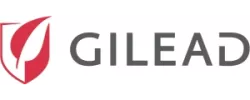
Industry Relations
Council Member -

Industry Relations
Council Member -

Industry Relations
Council Member -
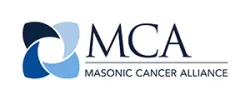
National Alliance Partner
-
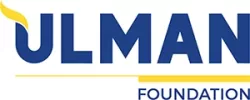
National Alliance Partner
-

National Alliance Partner
-

National Alliance Partner
Privacy Notice | Terms of Use
© 2009- DBA AONN+ Academy of Oncology Nurse & Patient Navigators® | PO Box 563, Cranbury, NJ 08512 |
AONN+ DBA AONN+ is a 501(c)(6) organization under federal tax guidelines. AONN+ Foundation for Learning, Inc. a 501(c)(3) organization under federal tax guidelines.
AONN+ Advantage, LLC, a wholly owned subsidiary of AONN+.

